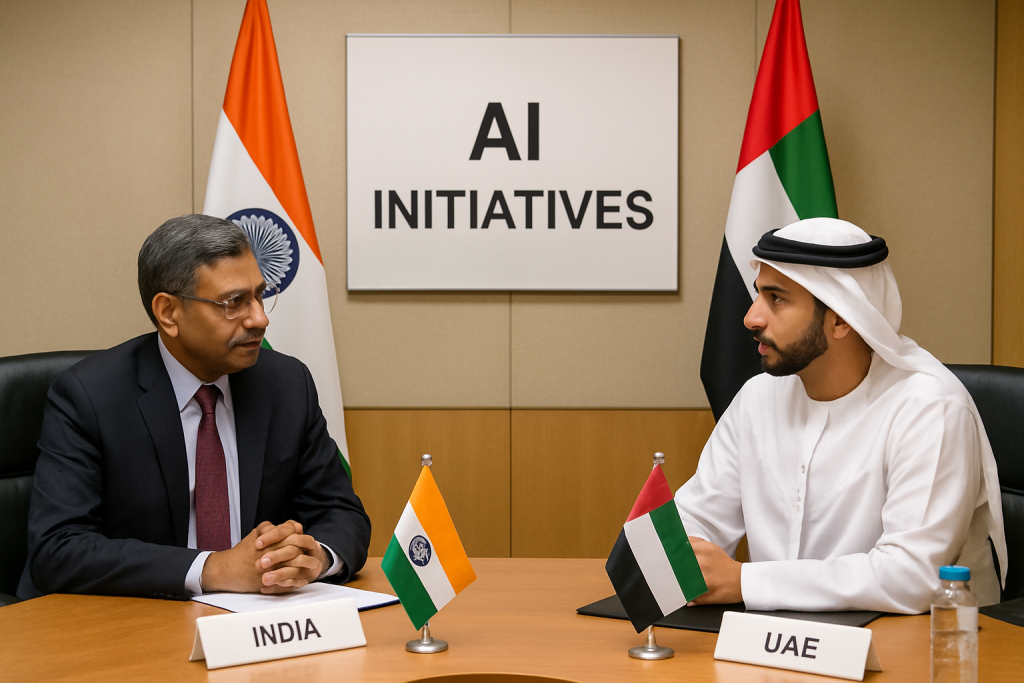Super Plastronics Private Limited (SPPL) is positioning itself to dominate India’s smart TV market through strategic artificial intelligence integration and deep localization. The company’s approach signals a significant shift in how manufacturers can gain competitive advantage in the rapidly growing Indian consumer electronics sector.
According to Avneet Singh Marwah, CEO of SPPL, artificial intelligence forms the foundation of their smart TV ecosystem. “Artificial Intelligence is not just a buzzword for us — it’s been a core part of our ecosystem from the start,” he said. This strategy includes early adoption of Google Assistant and AI-powered MediaTek chipsets that optimize picture quality, sound, and connectivity based on user behavior patterns.
SPPL’s multi-brand portfolio spans from entry-level to premium segments, serving diverse market needs. The company operates as the exclusive licensee for Kodak and Blaupunkt TVs in India. Marwah describes their competitive differentiator as “deep localisation backed by global innovation,” which includes Indianized audio tuning, user-friendly interfaces, and hardware specifically designed for local market conditions.
Why It Matters Now
The company has secured full-stack control from design to after-sales service, enabling rapid response to consumer trends. A new partnership with JioTele OS will enhance personalization through adaptive recommendations, contextual learning, and faster navigation. Upcoming 5G streaming capabilities and smart home integrations aim to bridge the gap between television viewing and connected living experiences.
SPPL’s growth strategy aligns closely with India’s ‘Make in India’ initiative. The company was among early adopters of this government push, using the momentum to scale manufacturing capacity and boost automation at its Noida facility. Local sourcing of printed circuit board assemblies, cabinets, and packaging has reduced foreign dependency while improving cost efficiency.
Panel imports remain a challenge for the industry. However, SPPL has successfully localized other components, creating a more resilient supply chain. Global policy changes, particularly US tariffs on electronics and components, have created ripple effects in India’s market. These tariffs impact imported integrated circuits and passive components, requiring strategic adjustments.
Strategic Advantage
SPPL has responded to global challenges by diversifying suppliers and securing long-term contracts. The company absorbs some costs to maintain stable retail prices, protecting market share during uncertain periods. This approach demonstrates how Indian manufacturers can navigate international trade tensions while maintaining growth trajectories.
Looking ahead, SPPL has identified three priority areas for expansion. First, advancing AI-driven features including real-time content curation and adaptive user interfaces. Second, expanding retail presence in Tier 2 and Tier 3 markets through omnichannel partnerships. Third, preparing for exports to Southeast Asia and Africa from its upgraded Hapur facility.
The company’s AI integration goes beyond basic voice commands. MediaTek chipsets fine-tune performance based on content type and usage patterns. This creates personalized viewing experiences that adapt to individual preferences over time. Smart home integration capabilities will position SPPL televisions as central hubs for connected living environments.
What Business Leaders Should Know
SPPL’s approach illustrates how Indian companies can compete globally through localization and innovation. The combination of AI technology and market-specific customization creates sustainable competitive advantages. Business leaders in emerging markets should note how SPPL balances global technology standards with local consumer preferences.
The company’s manufacturing strategy demonstrates practical benefits of government policy alignment. Early adoption of ‘Make in India’ initiatives provided scaling opportunities and supply chain advantages. This model offers insights for businesses seeking to leverage policy support for growth acceleration.
SPPL’s expansion plans reflect India’s growing importance in global technology manufacturing. The transition from import-dependent operations to export-capable facilities shows how companies can evolve within supportive policy frameworks. International businesses should monitor India’s consumer electronics sector as companies like SPPL gain manufacturing sophistication and market reach.


